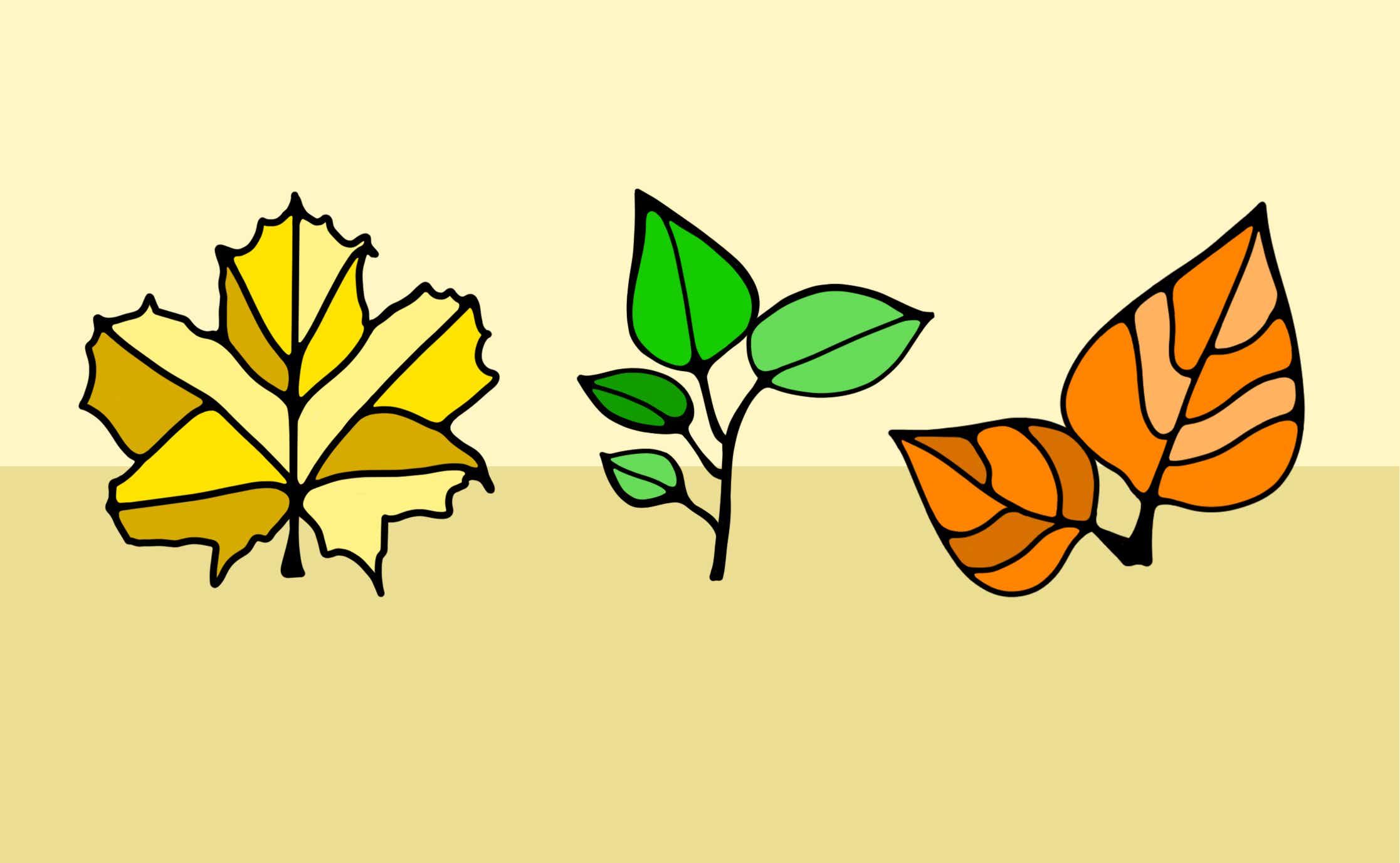We absolutely love that time of year — right around now — when our forests (and our Instagram feeds) usually fill up with beautiful oranges, yellows, and reds that signify the arrival of autumn. Seeking out these gorgeous colors in nature — called “leaf-peeping” among those who enjoy it most — is a popular pastime for photographers and amateur tree admirers alike.
But scientists say this incredible natural beauty is at risk thanks to climate change. Extreme heat and shifting weather patterns are altering the way trees behave, causing their leaves to change color later — or not at all.
Is there actually less fall foliage this year?
Unfortunately, yes. By this part of the year, northern Maine is typically alight with autumnal shades. But in 2021, forest rangers in the area have reported less than 70% color change among local trees.
In Denver, hotter-than-average weather has caused leaves to dry up and die much earlier than they would in previous seasons. Certified arborist Michael Sundberg told the Associated Press that “wacky weather events” can accelerate the changing of colors, shortening the amount of time they can be enjoyed, or cause leaves to drop from trees sooner. “Its been a few years since we’ve had a really good leaf year where you just drive around town and see really good color,” he said.
Why does heat affect the color of leaves?
The changing colors we see in the fall are a phenomenon called leaf senescence. As days get shorter and temperatures get cooler, the process of photosynthesis slows down. With that comes the breakdown of chlorophyll, the pigment that gives plants their green color. As the chemical makeup of the leaves is transformed, that chlorophyll is overtaken by other compounds such as carotenoids, which bring in yellows and oranges, or anthocyanins, which are responsible for reds and even purple tones in some tree species.
When temperatures are higher than average or an area is warmer for longer than usual, this process of senescence doesn’t happen in the same way. That means the onset of fall colors is delayed with some trees, and others may never change color at all. Instead, they may just drop their leaves entirely before the foliage has a chance to reach its full majesty.
In other instances, it’s a case of “foliage scorch.” This summer, a brutal “heat dome” sizzled the Pacific Northwest, sending thermometers in Seattle up to 108 degrees F and and even-more-unbearable 116 degrees F in Portland. That led to the premature browning of leaves across Oregon, cutting into the length of the picturesque fall season residents have come to expect.
Beyond that, hotter weather can also support the spread of invasive pests or diseases that affect trees for the worse. All together, it’s a bad recipe for the plants that usually bring us such significant seasonal pleasures.
What can we do?
Even if you don’t fall in love with the autumn tableaus every year, it’s no secret climate change is taking a severe toll on our world. An alarming report from the Intergovernmental Panel on Climate Change earlier this year found that Earth has warmed 1.96 degrees F since pre-industrial times as an “unequivocal” result of human activity, sounding off a “code red for humanity” as related effects like rising sea levels become virtually irreversible.
We took a deep dive into what individuals can really do to slow these effects, including options like altering our diets or having fewer children. While every step toward a cleaner environment is helpful, the reality is that any one person’s carbon footprint is nothing compared to the significant damage caused by global corporations.
Your best bet? Learn more about the waste and environmental effects from the companies you do business with, and stop giving your money to the ones who aren’t responsible with their practices.









